The Aladzha Monastery in Bulgaria is a cave monastery where monks once lived an ascetic life in silence. Today it is an interesting historical site, beautifully situated in the Golden Sands Nature Park.
Innehållsförteckning
Aladzha Monastery
The Aladzha Monastery is a type of cave monastery found in the eastern part of Europe and the western part of Asia. In these monasteries, the monks lived in strict asceticism, with sparse food intake and limited daylight. Aladzha Monastery is one of the most well-preserved cave monasteries in Bulgaria, carved out of a 25 metre high limestone cliff in a karst landscape filled with natural cavities.
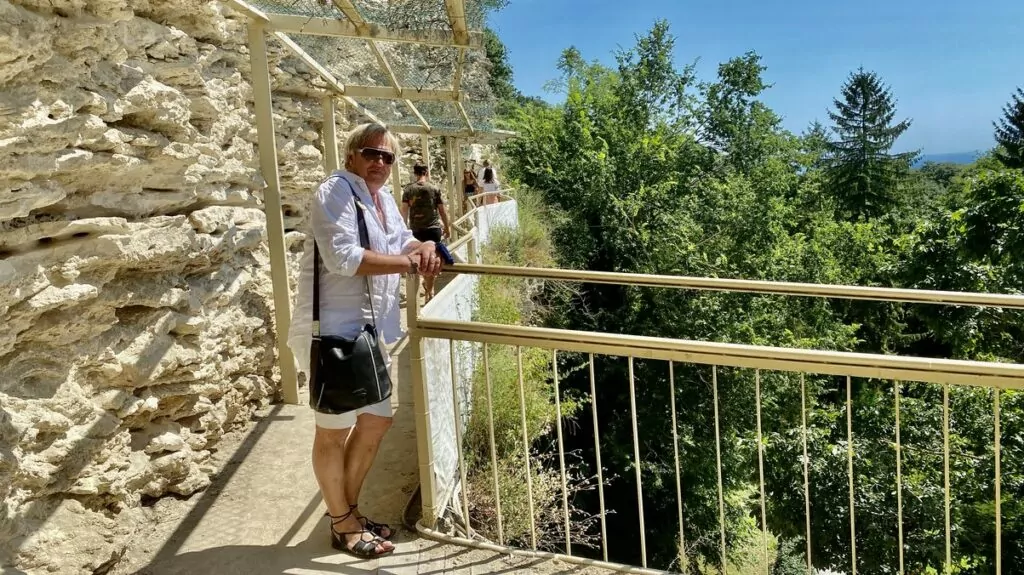
Aladzha Monastery is located 14 kilometres north of Varna, near the tourist resort of Golden Sands.
History of the Aladzha Monastery
Nobody really knows when the Aladzha monastery was established, but it existed already in the 10th to 12th century. Here monks lived a very simple and ascetic life, with regular prayer, limited food and mostly silence. The monks slept on the floor in simple little 'cells' and met in the various rooms of the cave: the refectory, the chapel, the crypt and the gardens.
After the Ottoman Empire conquered Bulgaria at the end of the 14th century, the monastery began to fall into disrepair and was probably completely abandoned in the 15th or 16th century.
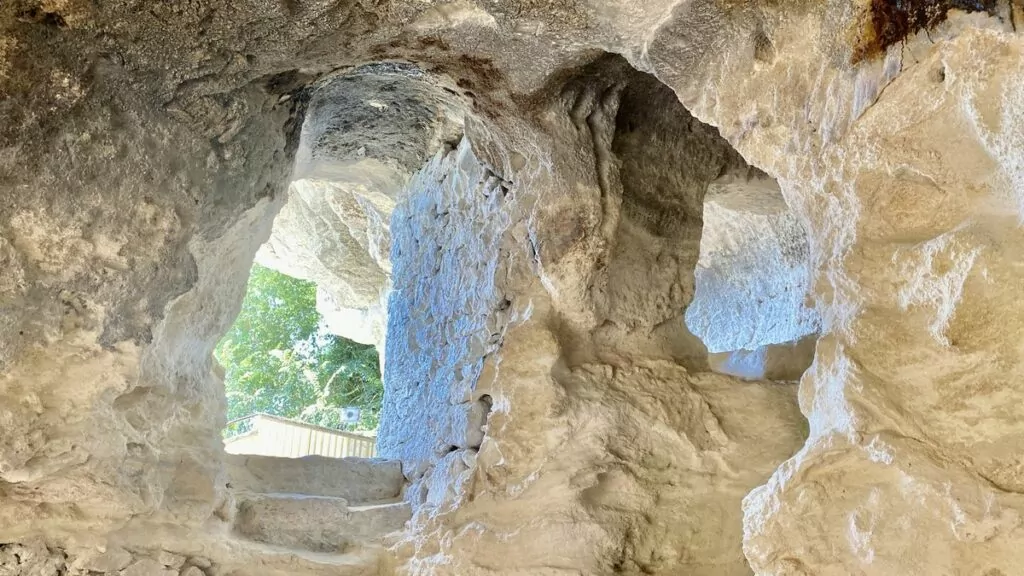
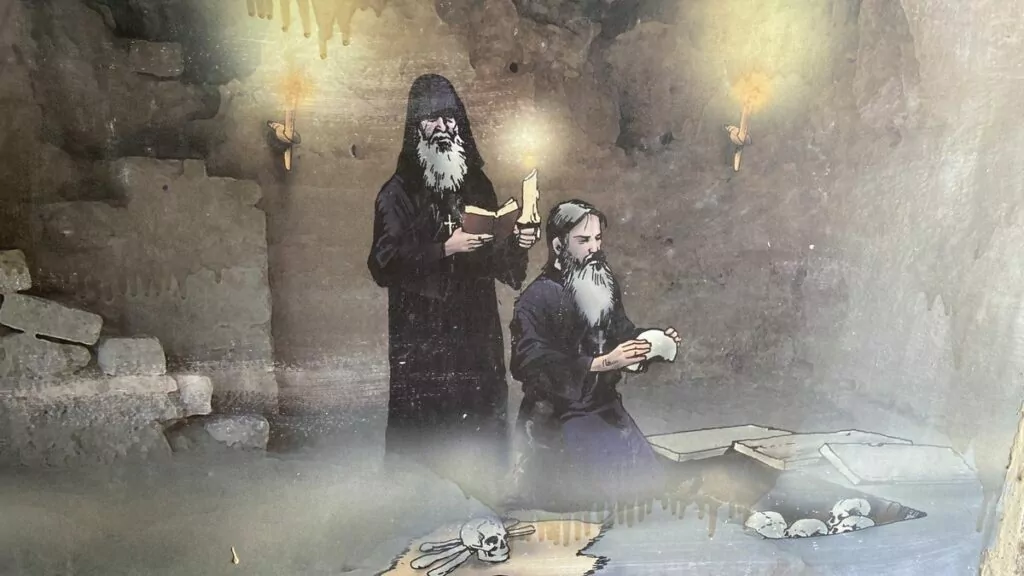
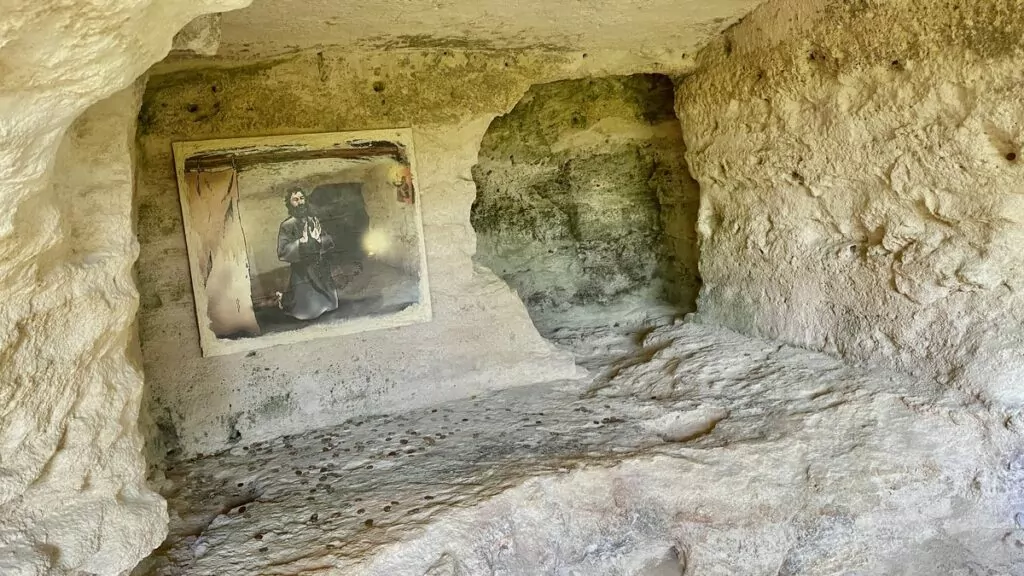
Museum at Aladzha Monastery
Before visiting the monastery itself, you can take a look at the monastery's museum. This is interesting, not least to see overview models of how the cave monastery may once have looked.
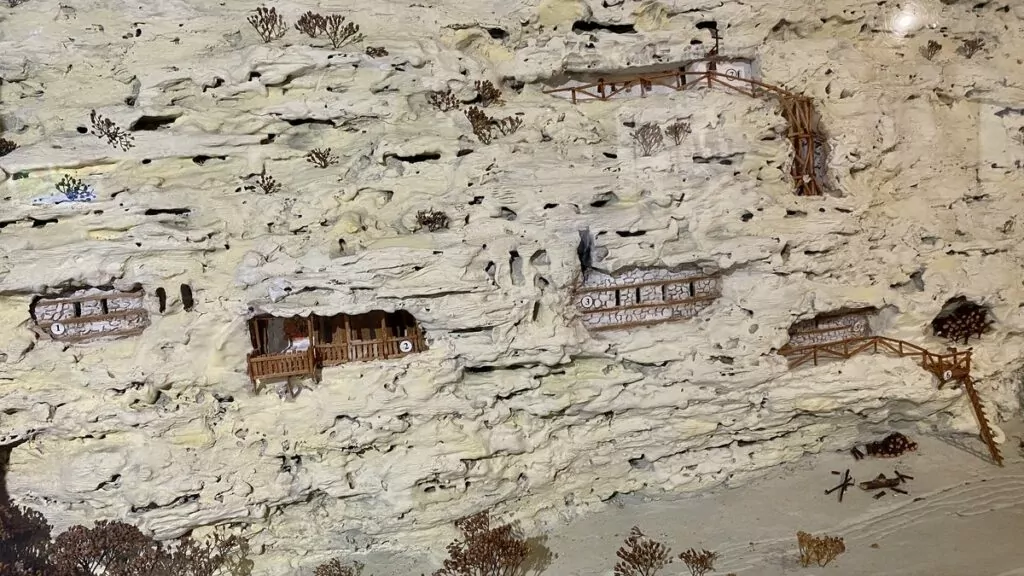
In today's monastery, the outer walls have largely been destroyed, but once upon a time these were more or less closed rooms where the monks slept, ate and prayed.
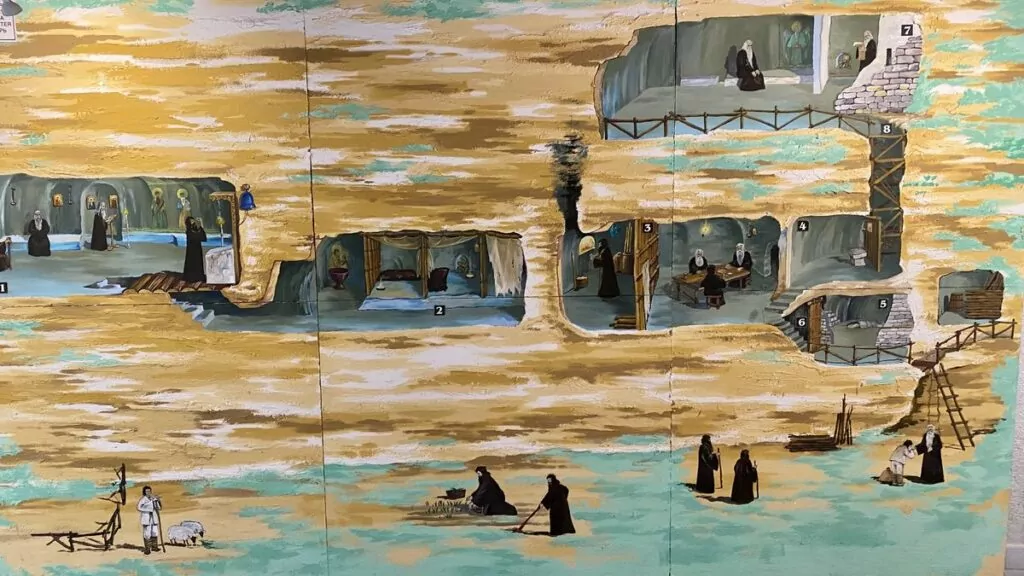
The museum also houses a number of beautiful paintings, including those depicting Jerusalem.
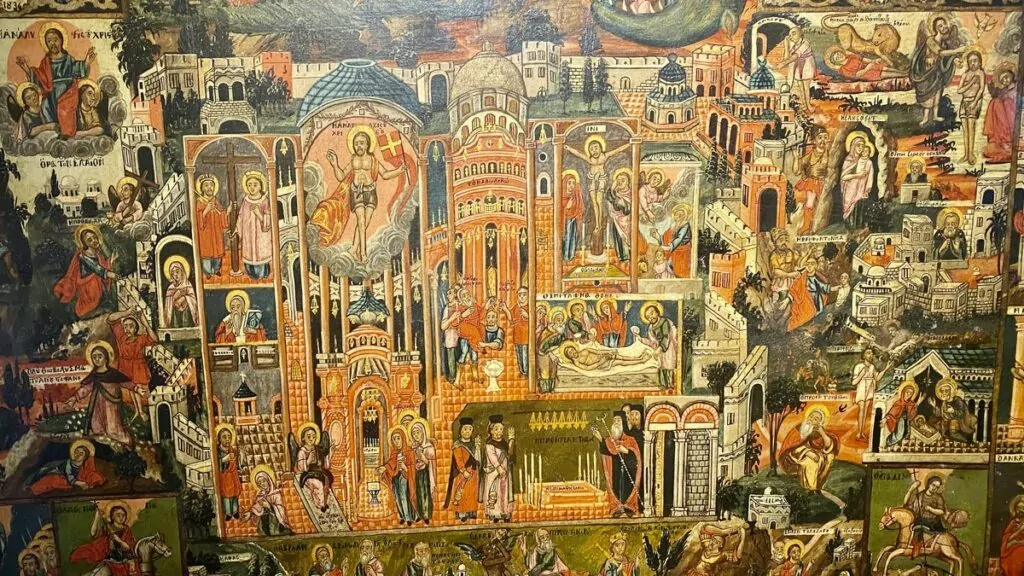
You can also see pieces of mosaic from an old church.
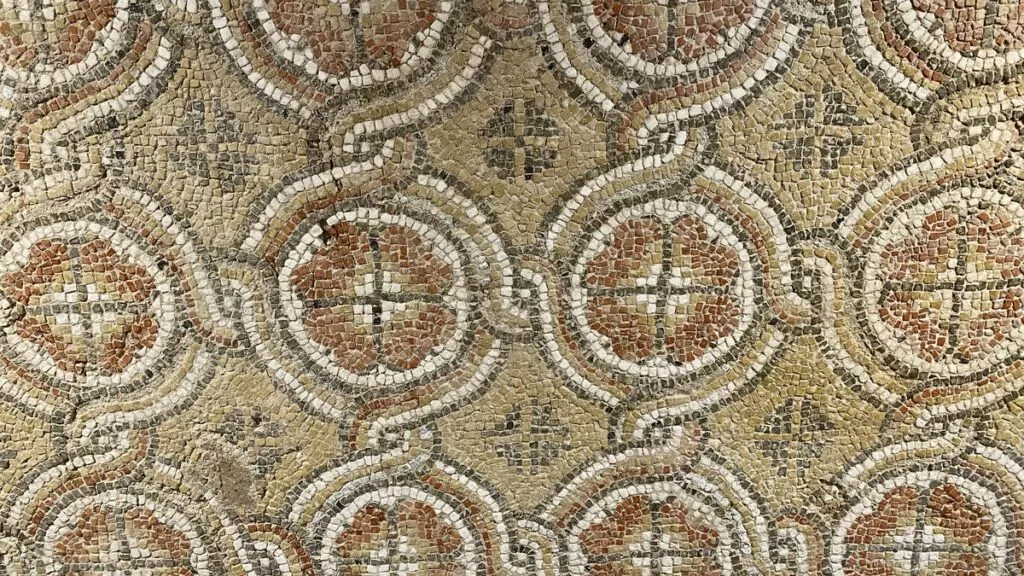
Visiting the Aladzha Monastery
Once you're done with the museum, it's time to visit the Aladzha Monastery, which is the main attraction. The monastery is very beautifully situated in a green and mountainous environment, and it feels a bit like being on a lovely excursion in nature.
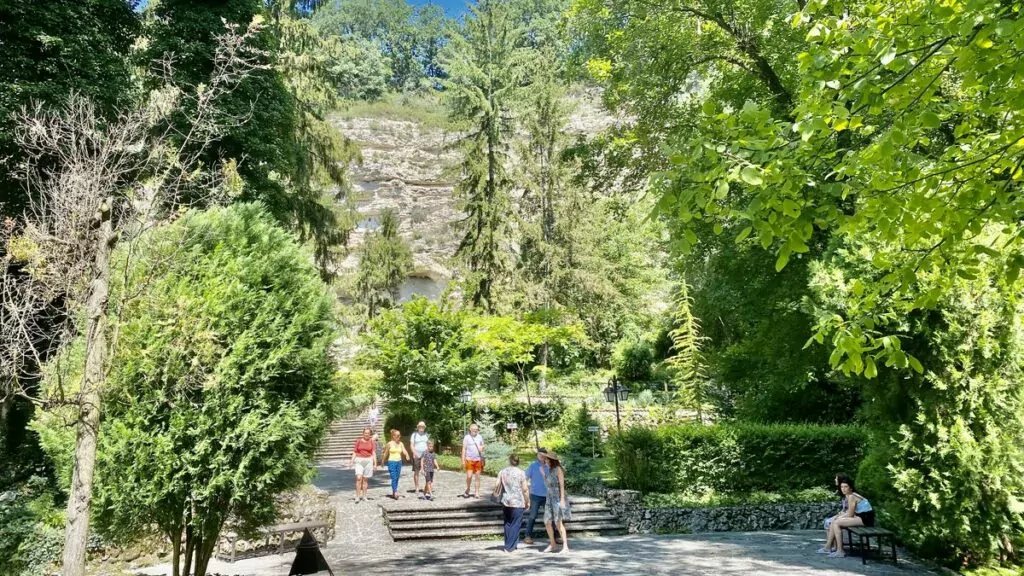
You have to take stairs to the upper floor of the cave monastery. As the walls have collapsed, paths and external fences have been built. Otherwise the rooms are relatively well preserved, and signs and pictures show where the monks once slept, ate or prayed.
It's hard to imagine how these monks lived a long life in silence, with limited food and perhaps partly without daylight. It is to be hoped that their religious beliefs provided some other kind of quality of life ...
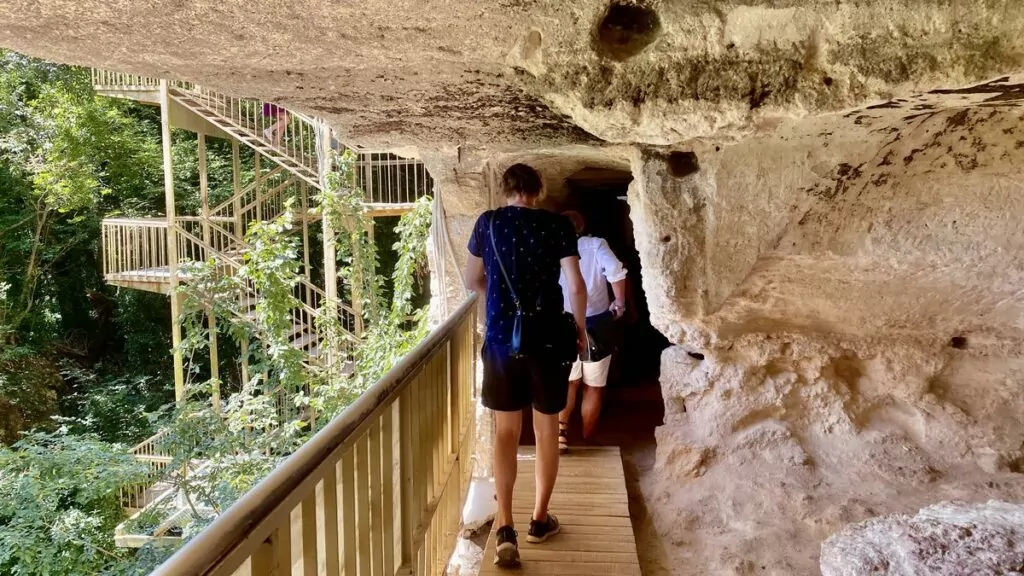
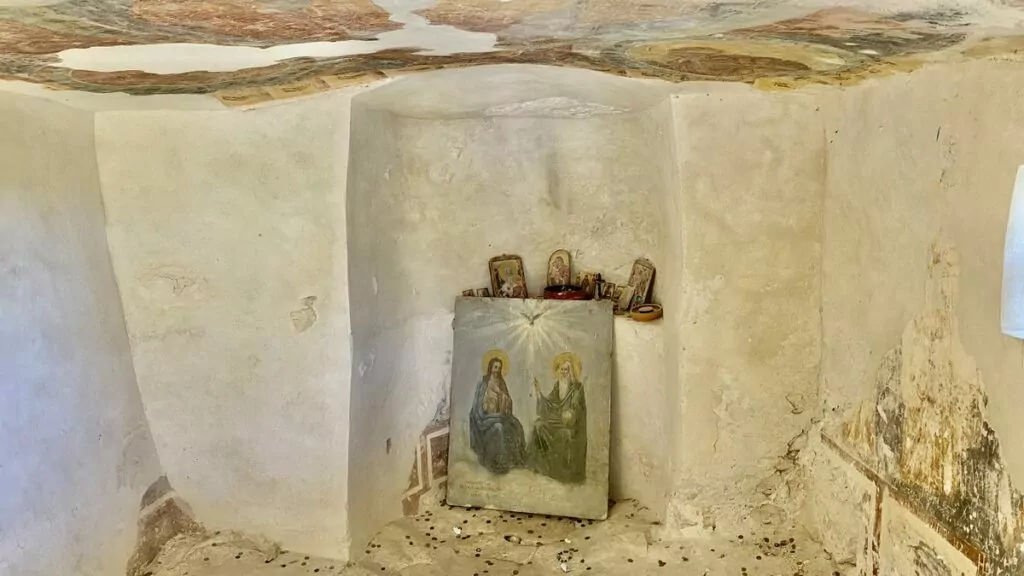
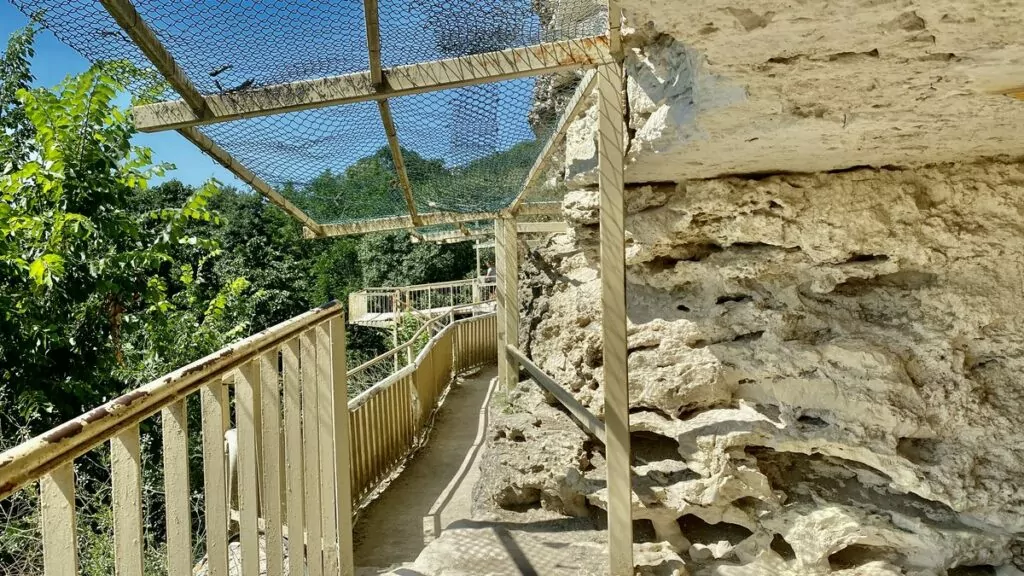
On the way from the monastery, our guides drew our attention to red ribbons in the trees. As we understood it, it is a Bulgarian tradition to give away a "martenitsa", a red and white ribbon, on 1 March every year. The gifts can then be hung on a tree.
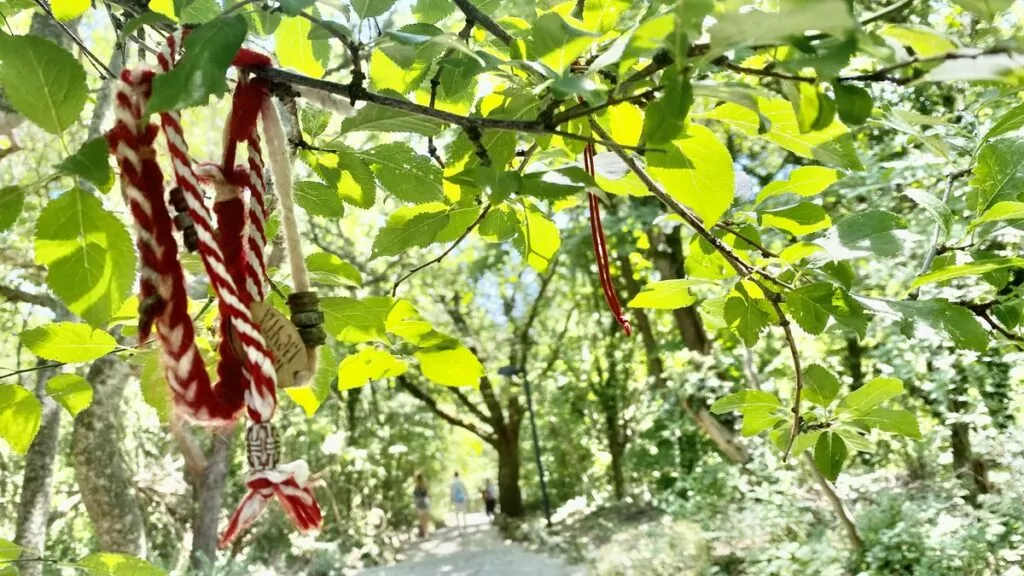
See more in the neighbourhood
From Aladzha Monastery it is not far to Varna, which is Bulgaria's third largest city. Varna is a nice and interesting city with a nice sandy beach, a long beach park, a beautiful cathedral and several nice restaurants. We can also recommend a visit to Baltjik, where you will find a fantastic botanical garden. If you instead head south along the coast, you can visit the World Heritage town of Nesebar.
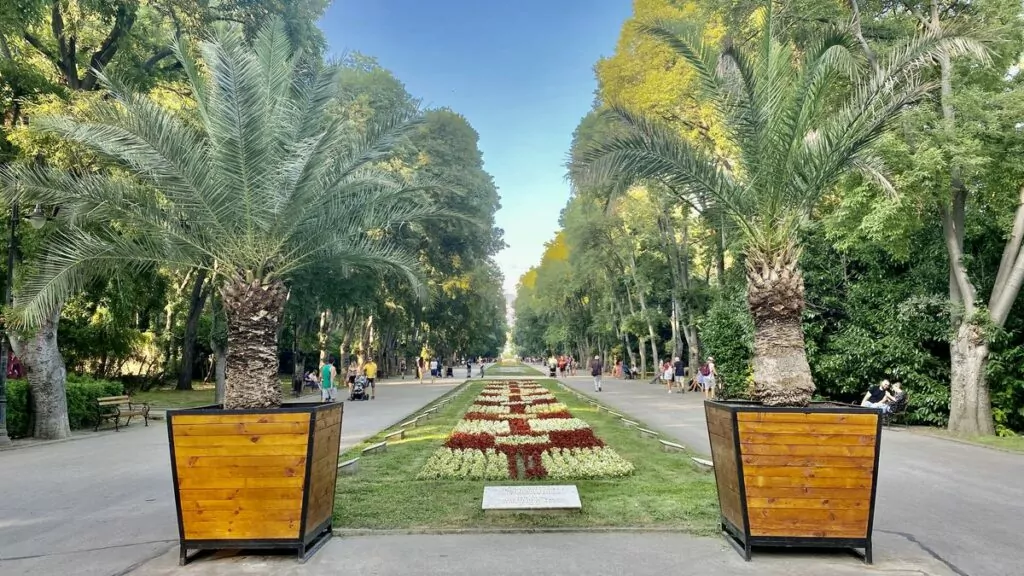
Have you visited Aladzha Monastery, or perhaps another cave monastery? How was your experience? Do you find this type of attraction interesting?

Facts about Aladzha Monastery
- Country: Bulgaria
- Location: In the northwest of the country, 14 kilometres north of Varna, in the Goldens Sands Nature Park (Zlatni Pyasatsi Nature Park).
- Name: Аладжа манастир in Bulgarian and Aladzha Monastery in English. The name roughly means 'light'.
- Implemented: Unclear, but already used in the 10th to 12th century.
- Abandoned: The monastery began to decline at the end of the 14th century and was probably abandoned in the 15th or 16th century.
- More findings: About 600-700 metres west of the monastery, caves (catacombs) have been found, where archaeological finds such as pots, coins and graffiti have been discovered. These finds date back to the 4th and 5th centuries.
Practical info
- Prices: Adults 5 lev (about 26 SEK) and children, students and pensioners 2 lev (about 11 SEK) (2021).
- Opening hours: May-October all days 09:00-17:00. Rest of the year Wednesday-Sunday 09:00-17:00 (2021).
- Accessibility: The walk from the entrance to the cave monastery is short. Visiting the cave monastery requires the ability to climb stairs and walk on uneven ground.
- Get to the Aladzha Monastery: You can get to the monastery by car or by bus from Varna.
- Read more: You can find more information at Bulgaria Travel.

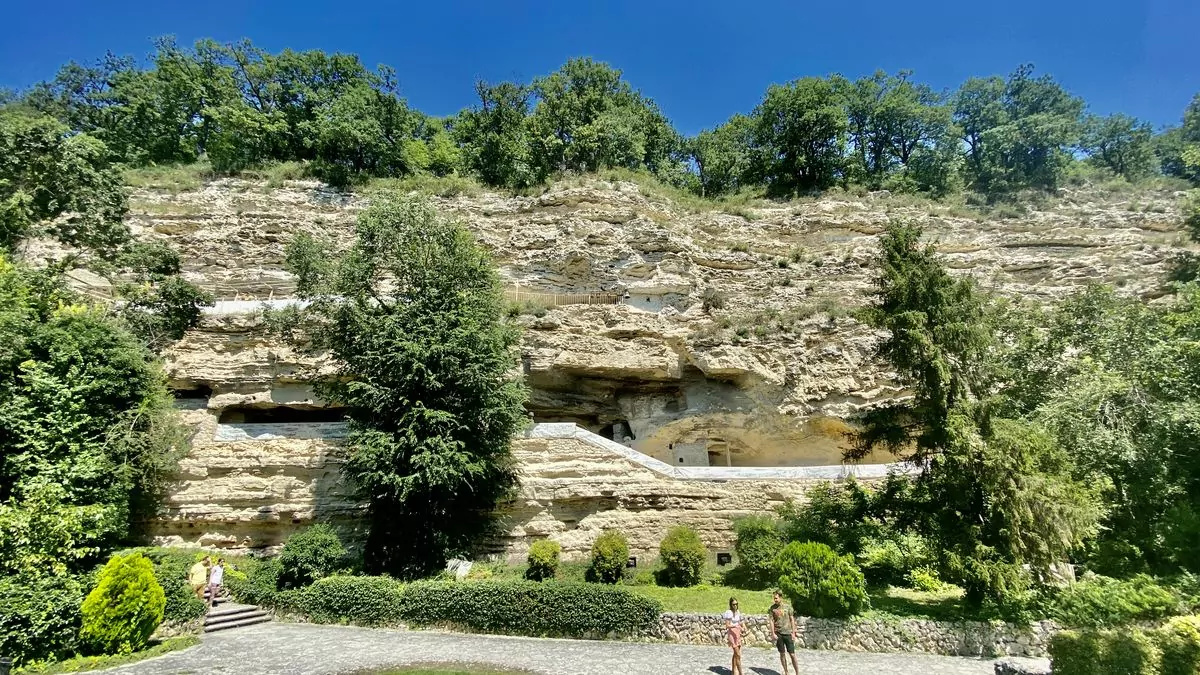










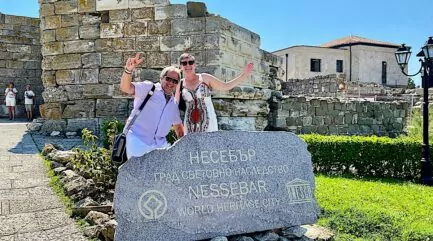
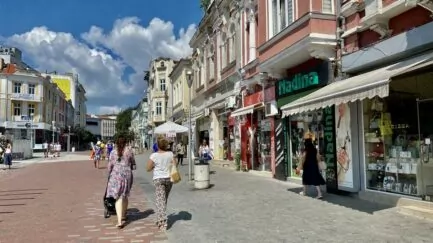
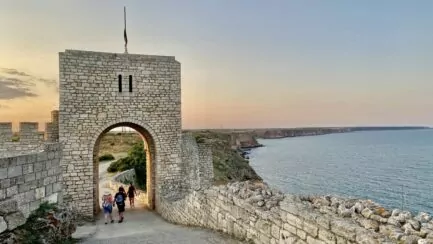
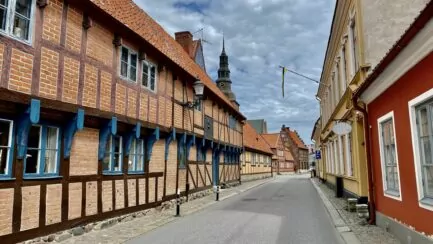
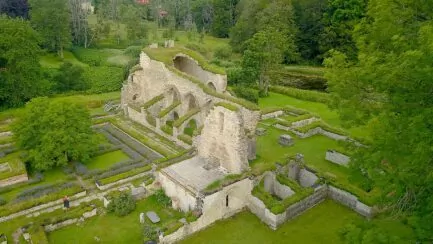
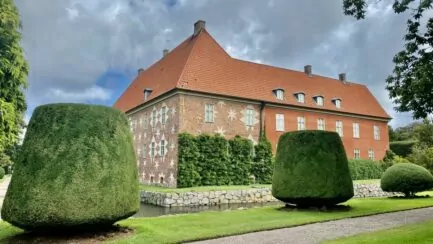



Lena+i+Wales+och+Spanien says:
Wow, I would like to visit this.
Have been in inhabited caves, but nothing like this. Unbelievable!
Beautiful Saturday!
31 July 2021 - 13:07
Helena says:
Really interesting! We have visited a cave monastery in Ukraine as well, which was similar to this, but otherwise not similar at all. Very special!
01 August 2021 - 14:42